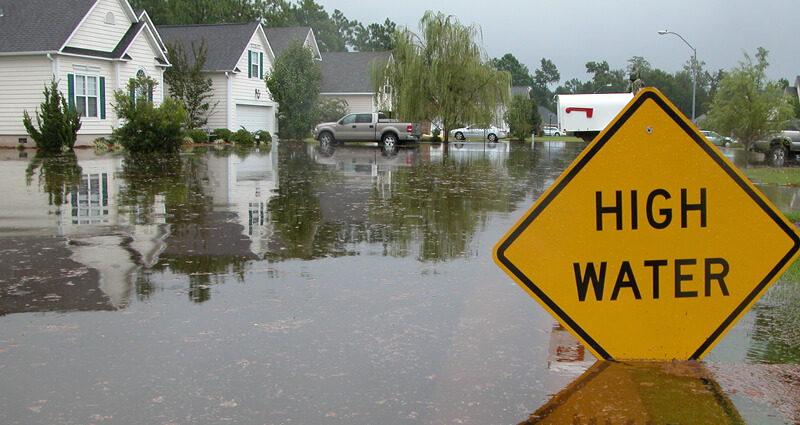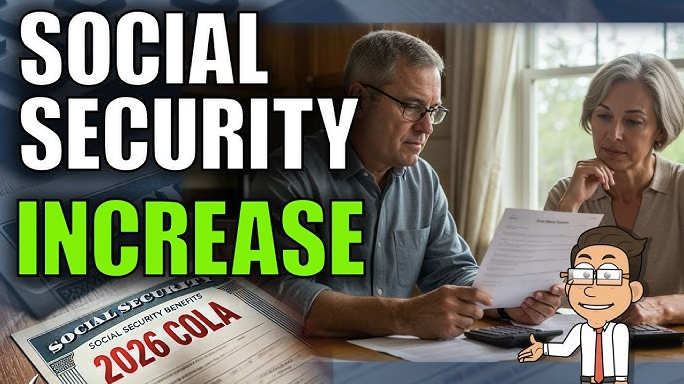Flash Flood Watch: What It Means and How to Stay Safe

A few months ago, I was sitting in my living room, enjoying a cup of tea, when my phone buzzed with a weather alert: “Flash Flood Watch in your area.” For a moment, I didn’t know what to do. Was it just a warning to be careful, or did I need to pack up and leave?
If you’ve ever seen that message, you probably felt the same confusion. That’s exactly why I’m writing this article. A flash flood watch isn’t just technical weather talk—it’s a signal that you should stay alert and be ready to act. In this guide, I’ll share what it really means, the difference between a watch and a warning, and the steps I personally recommend to keep yourself, your loved ones, and even your home safe.
Let’s break it down in simple, human terms so the next time your phone flashes that alert, you’ll know exactly what to do.
What Exactly Is a Flash Flood Watch?
A flash flood watch means the weather conditions are favorable for sudden flooding. It doesn’t guarantee flooding will happen, but it tells you: “Be prepared, stay alert.”
I like to compare it to when you smell smoke in your kitchen. It doesn’t mean there’s a fire yet, but it could turn into one quickly if you don’t pay attention.
Watch vs. Warning (Easy Way to Remember)
- Watch = Be ready. Conditions could cause flooding.
- Warning = Act now. Flooding is happening or about to happen.
Simple trick: Watch = “watch the sky.” Warning = “run for safety.”
Why Flash Floods Are So Dangerous
Unlike normal floods that build slowly, flash floods are sudden and fast. I’ve seen streets turn into rivers in less than 30 minutes after a storm. It’s terrifying because people often underestimate it.
- Just 6 inches of water can knock you off your feet.
- Only 12–18 inches can carry away most cars.
- Water can rise so quickly that you don’t even have time to grab your things.
The scariest part? Flash floods don’t just happen near rivers—they can hit city streets, highways, or even your backyard.
How I Prepare When I See a Flash Flood Watch
Over time, I’ve developed a simple checklist. Whenever I see a flash flood watch, these are the things I do immediately:
- Check the news and apps – I tune in to local weather updates every hour.
- Move valuables – Anything important (documents, electronics, family photos) goes to the second floor or higher shelves.
- Get my emergency kit ready – Flashlight, batteries, water bottles, canned food, and medicines.
- Gas up the car – If we need to leave quickly, I don’t want to waste time at a gas station.
- Talk to my family – We remind each other of our emergency plan and nearest safe spots.
This may sound like “too much” if it’s just a watch, but trust me—when that watch turns into a warning, you’ll be thankful you prepared.
What to Do If Flooding Actually Starts
I’ve had one close call with rising water near my street, and here’s what helped me (and what experts recommend):
If You’re Outdoors
- Don’t wait—move to higher ground immediately.
- Stay away from rivers, streams, or storm drains.
If You’re in a Car
- Never drive through floodwater. I once saw an SUV stuck mid-road—it doesn’t matter how big the car is, water always wins.
- If water rises around your car, get out and head to safety if it’s possible.
If You’re at Home
- Avoid basements; water collects there first.
- Shut off power if water is entering your home.
- Keep your emergency kit nearby.
Long-Term Safety Tips (Lessons I’ve Learned)
Flash floods don’t just happen once—they can hit the same area multiple times a year. That’s why I’ve taken steps to make my home safer:
- Check FEMA flood maps to know your risk level.
- Get flood insurance (regular home insurance usually doesn’t cover it).
- Elevate electronics and appliances a few feet above ground level.
- Install proper drainage around the house.
These things take time and money, but trust me—they’re worth it compared to repairing flood damage later.
Common Myths People Believe About Flash Flood Watches
I’ve heard so many myths that put people in danger. Let’s clear up a few:
- “It’s only a watch, so nothing will happen.”
→ Wrong. Watches exist because the risk is real. - “My car can handle water.”
→ Nope. Even trucks get carried away. - “Flash floods only happen near rivers.”
→ Not true. Urban areas with poor drainage are just as risky.
Final Thoughts: Don’t Ignore a Flash Flood Watch
If you take one thing away from this article, let it be this: a flash flood watch isn’t just a casual notice—it’s a warning to be ready.
From my own experience, I know how easy it is to think, “It won’t happen to me.” But when it comes to nature, it’s always smarter to be prepared. Keep an emergency kit, talk to your family about what to do, and remember—your safety matters more than anything else.








